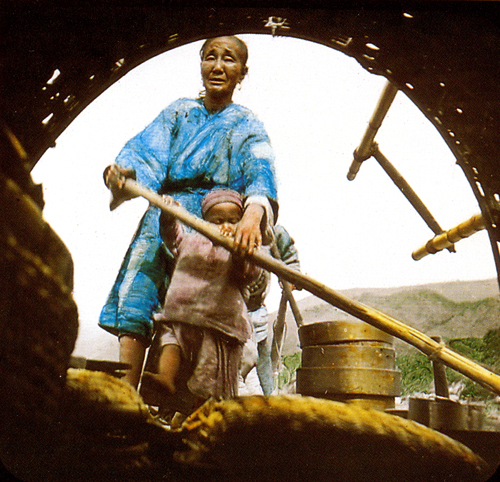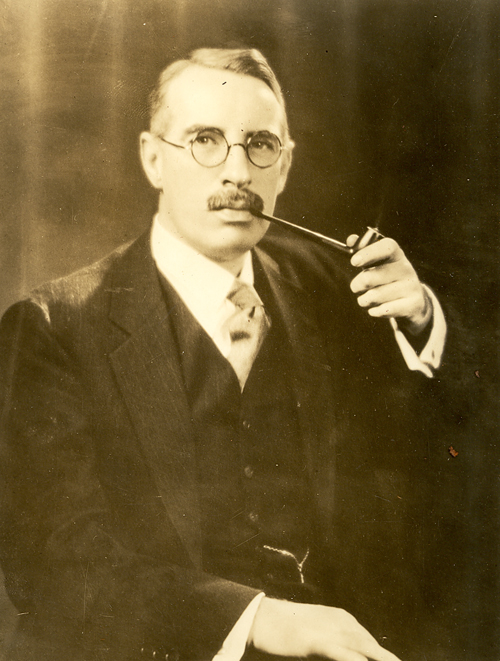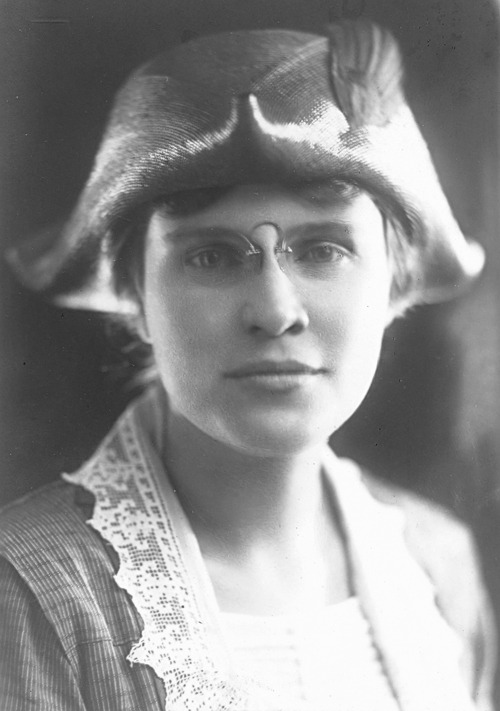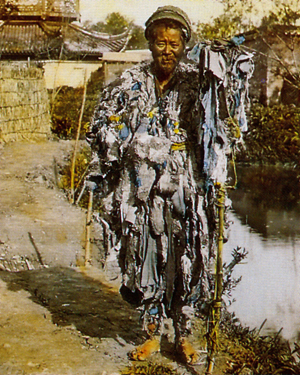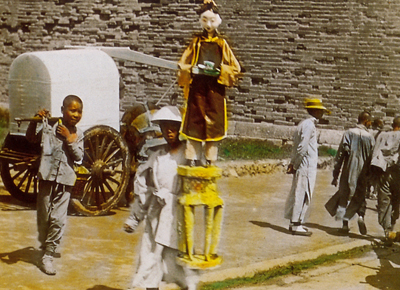Professor George Barbour was an internationally-known geologist and educator, whose life was filled with adventure. Barbour traveled the world for the first time at age 21, served in the First World War, and was involved with the research group that discovered the “Peking Man.” His papers, which are part of the University Archives collection in the Archives and Rare Books Library, contain correspondence, photographs, field diaries, and teaching materials which illustrate both his personal and professional life.
Barbour was born in Edinburgh, Scotland in 1890. His father was a doctor and sent George to the best schools. Barbour earned an M.A. with Honors in 1910 from Edinburgh University and as a graduation gift, his father sent him on a trip around the world. He visited New York, Chicago, Western Canada, and San Francisco before crossing the Pacific to explore Japan and China. His experience in China profoundly affected him, and Barbour decided he wanted to go back as a medical missionary. When he returned from his trip, Barbour studied at Cambridge from 1912-1914, but with the outbreak of the First World War, he joined the military, serving as an ambulance driver in Flanders and then in Italy. Seeing the devastating effects of the war and hearing of the deaths of so many of his friends, Barbour decided he could do more. In 1917, Barbour returned to London to secure a commission, only to arrive back in Italy shortly before the armistice was signed.
In 1919, Barbour left Europe to attend Columbia University to pursue his Ph.D. The following year, he married Dorothy Dickinson, whom he had met on previous travels. Dorothy was a scholar in her own right. She was a graduate of Columbia University, a faculty member at the Hartford Theological Seminary, and an active spokeswoman for Christian Education and the YWCA.
In 1920, George accepted a position as Professor of Geology at Yenching University, Peking (Beijing), China. The Barbours spent the next 11 years living in China, and all three of their sons were born there. Barbour became associated with the Geological Survey of China, and was involved in the discovery of the “Peking Man.” Dorothy also taught and worked for the YWCA. The Barbour’s experience in China is detailed in Dorothy’s letters to her family in New York and in correspondence between George and Dorothy.
When one of their sons became ill in 1931, the Barbours returned to the United States for medical care. The family was unable to go back to China due to political turmoil, so Barbour took a teaching job at the University of Cincinnati. He left the university in 1933 with hopes of going back to China, but returned to Cincinnati in 1937. Barbour remained at the University of Cincinnati for the next 23 years, and served as the Dean of the College of Arts and Sciences for 20 of those years.
Throughout his career, Barbour continued his research and did a great deal of field work in South Africa. He received several honors and awards and corresponded with many of the major figures in the field of Geology at that time including Teilhard de Chardin, the noted French Jesuit philosopher. At UC, he is remembered each year with the George Barbour Award for Good Faculty-Student Relations. A finding aid for his papers is available online through the OhioLINK Finding Aid Repository at http://rave.ohiolink.edu/archives/ead/OhCiUAR0193.
– Suzanne Maggard

